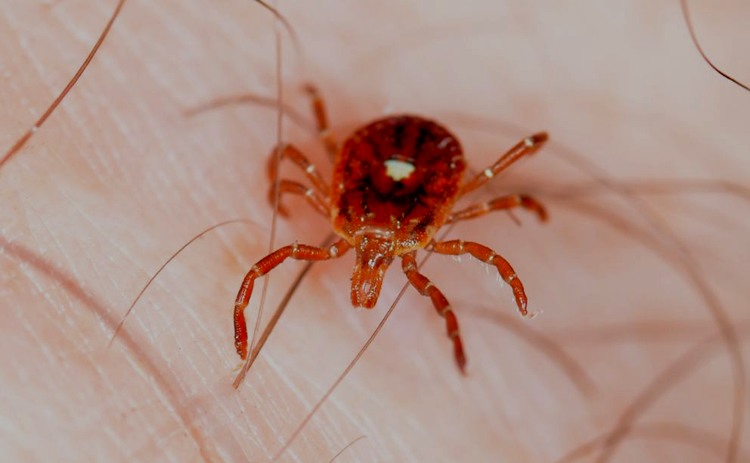Yes, you can spray yards for mosquitoes and ticks. This method of mosquito control has become a common practice for many homeowners.
There are a couple of reasons to deploy mosquito and tick control. Sure, bugs and pests are downright bothersome, but both mosquitoes and ticks are vectors of serious illnesses. These include Lyme disease, West Nile virus, babesiosis, and dreaded heartworm disease in pets.
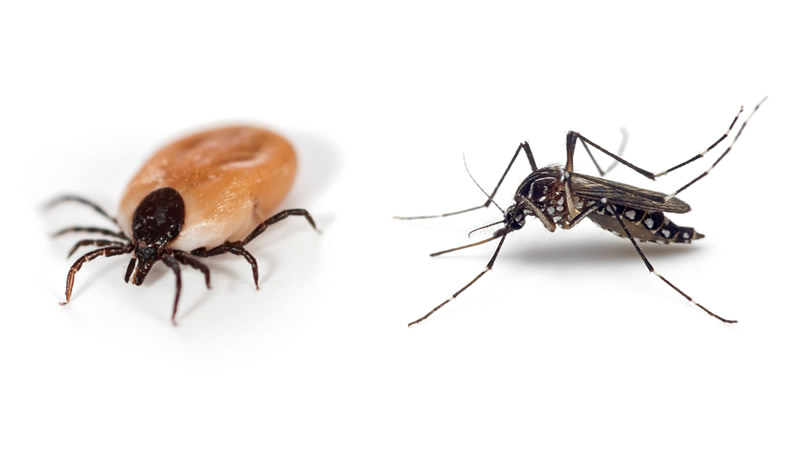
How long does tick and mosquito spray last?
The efficacy and length of time it lasts varies depending on the products you apply or the product a mosquito and tick control company uses. If you enlist the help of professionals to help shield your yard against mosquitoes and ticks, the treatment can last up to three weeks. Other purported mosquito and tick control sprays claim to offer protection for up to 12 weeks.
How do you keep mosquitoes and ticks away?
There are quite a few ways you can augment the efficacy of your mosquito and tick control spray. Simple yard maintenance and landscaping techniques can make your property less pest-friendly.
For instance, it is recommended that you install a cedar mulch border if you live adjacent to a tree line. You could plant repelling plants, such as mint, lemongrass, eucalyptus, or even garlic. Keep areas of standing water under control, emptying them as water accumulates. Add an agitator to stagnant water receptacles, such as bird baths or outdoor pet water bowls. Cut your grass as low as possible and properly bag and dispose of your clippings. Plus, keeping your yard safer from mosquitoes and ticks can be strengthened by asking neighbors to keep their yards up and use
How can you keep pests away when you are away from home?
DEET-based products are the most effective broad spectrum pest repellents. These products can help you repel mosquitoes, ticks, fleas, and more when out in nature. It is very important that you use DEET repellent as directed on the label. Never spray your pets with insect repellents, no matter what. You can adjust the DEET concentration recommended for children, should you need to apply it.
If you are spending a lot of time hiking or camping, it is recommended to wear long sleeves, tuck your pants into your socks, and leave little exposed skin if possible. You might additionally wear permethrin treated clothing.
Professional pest control in Framingham is recommended.
You can attempt to protect your yard on your own from the threats of ticks and mosquitoes. However, professional pest control companies will be better able to ensure that your yard is properly treated. Not only that, but they will find trouble areas and break them up, and treat them accordingly. In Framingham and Central Mass, tick and mosquito control are recommended from April through October. However, an early spring or late fall might mean that you need to treat for longer.

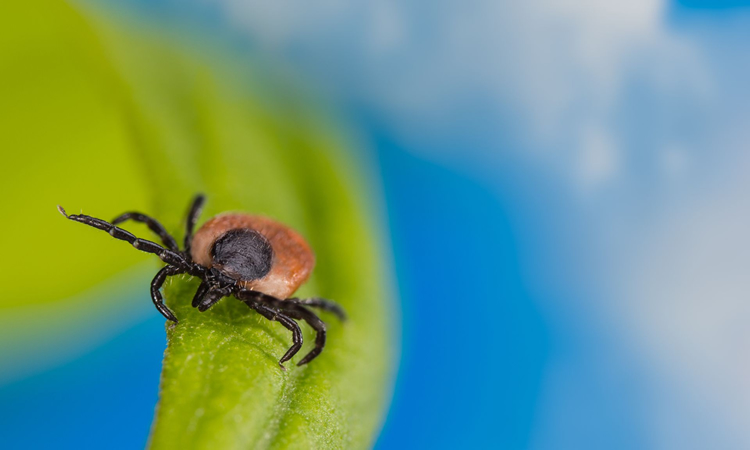
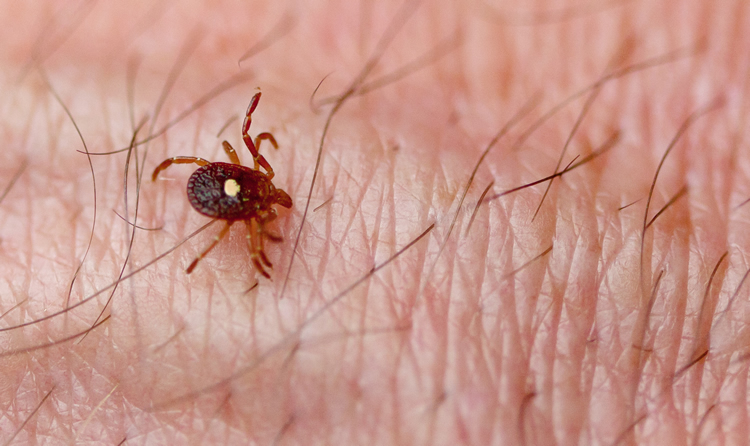
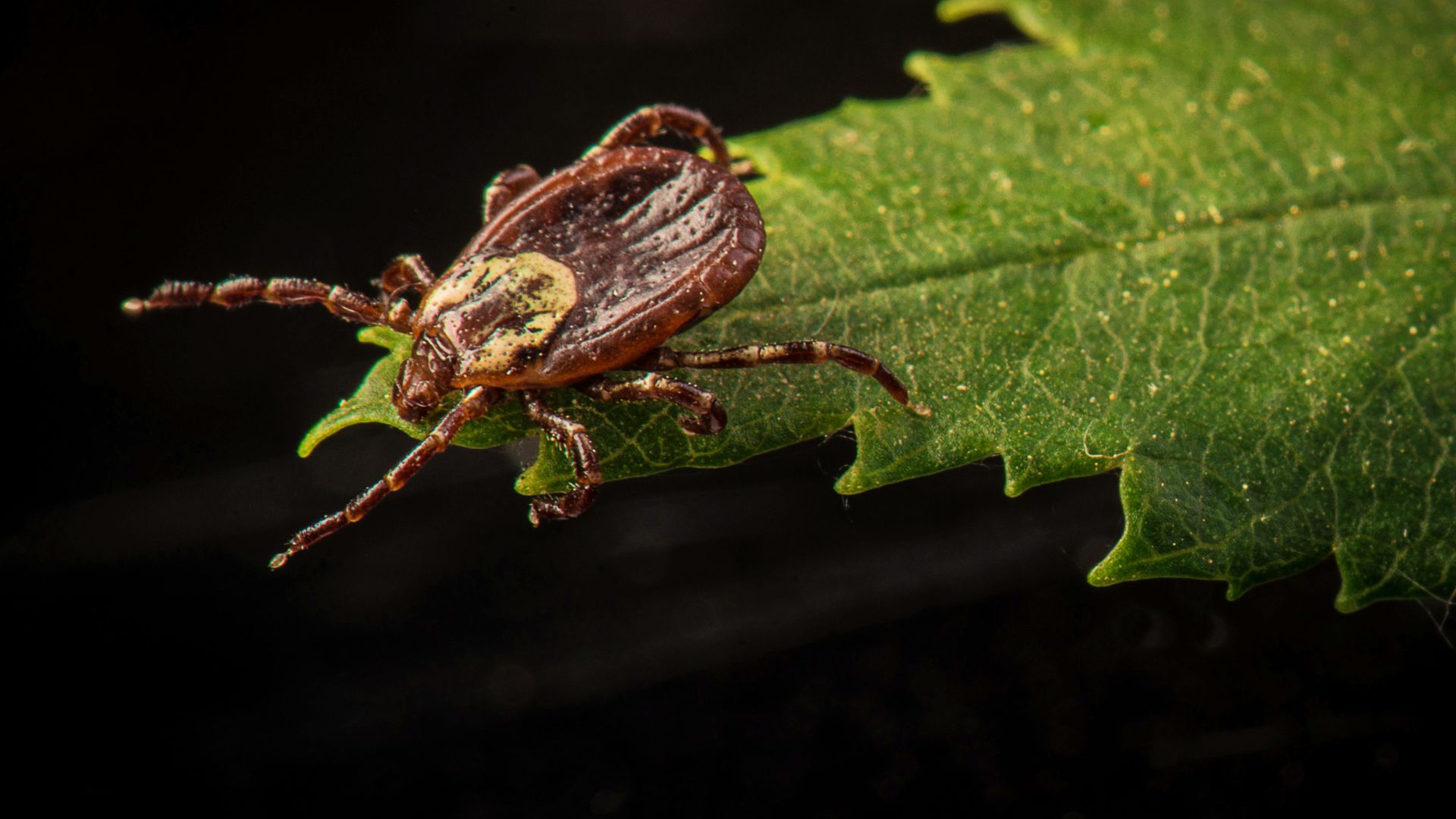

 The circle of life, predator versus prey will always be. By Mother Nature’s providence, there are natural tick eaters. These include chickens, frogs, lizards, and other wildlife. Perhaps the opossum is in that category too, or maybe not. But one thing is for sure. There are effective tick control methods that you can employ to help your family avoid the threat of ticks. Professional,
The circle of life, predator versus prey will always be. By Mother Nature’s providence, there are natural tick eaters. These include chickens, frogs, lizards, and other wildlife. Perhaps the opossum is in that category too, or maybe not. But one thing is for sure. There are effective tick control methods that you can employ to help your family avoid the threat of ticks. Professional, 
